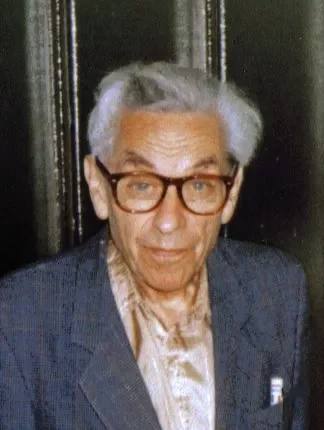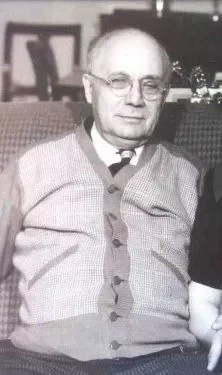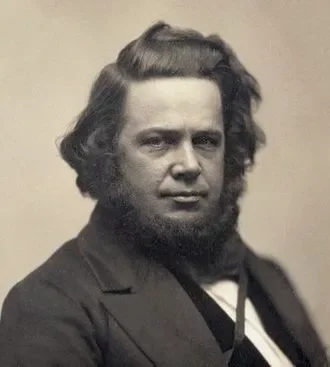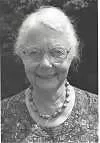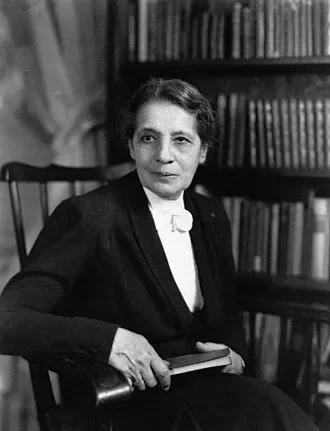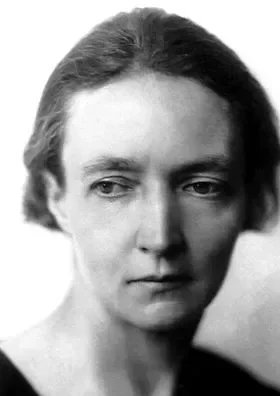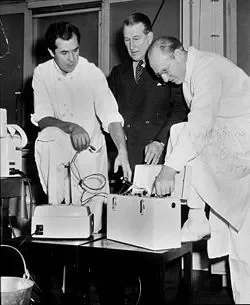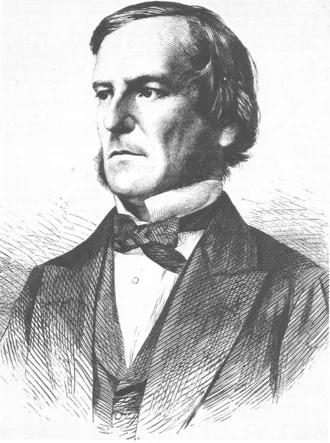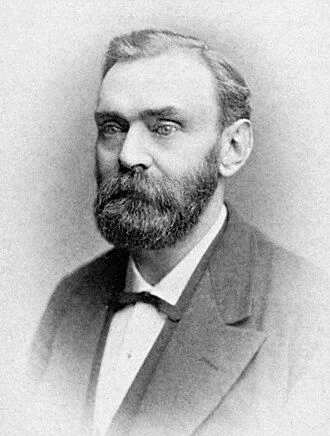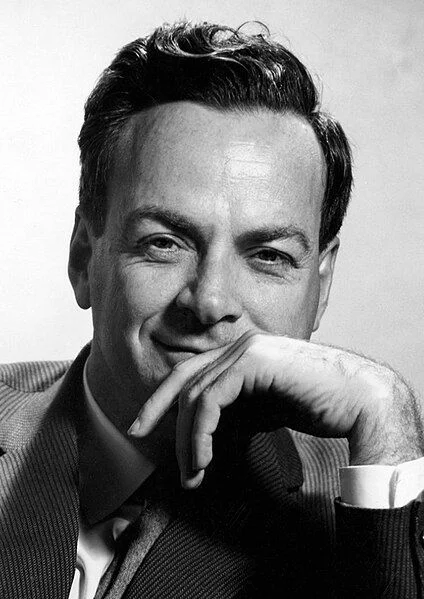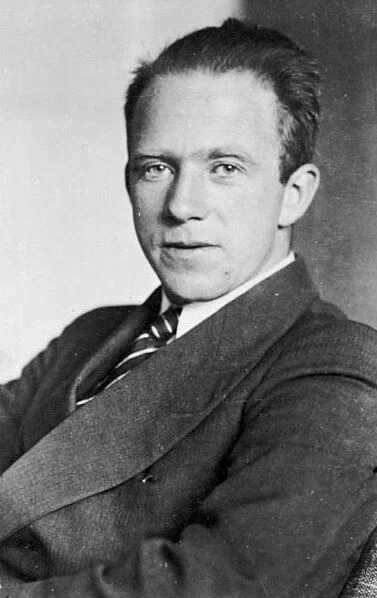Real Celebrities Never Die!
OR
Search For Past Celebrities Whose Birthday You Share

source:wikipedia.org
Leonhard Euler
Birthday:
15 Apr, 1707
Date of Death:
18 Sep, 1783
Cause of death:
Brain hemorrhage
Nationality:
Swiss
Famous As:
Engineer
Age at the time of death:
76
Early Life and Education
Born on April 15, 1707, in Basel, Switzerland, Leonhard Euler was raised in a devout Protestant family and showed an early aptitude for mathematics. At the age of 13, he enrolled at the University of Basel, where he excelled under the mentorship of renowned mathematician Johann Bernoulli.
First Mathematical Achievements
Euler published his first mathematical paper, “Solutio problematis ad geometriam situs pertinentis” (Solution to a Problem in the Geometry of Position), at just 17 years old, marking the start of his illustrious career.
St. Petersburg Academy and Early Contributions
In 1727, Euler joined the St. Petersburg Academy of Sciences in Russia, where he made significant advancements in mathematics, physics, and astronomy over the course of 25 years.
Groundbreaking Work in Number Theory
Euler’s contributions to number theory were groundbreaking. He introduced the Euler totient function, which remains a fundamental tool in modern number theory and cryptography, and played a pivotal role in exploring properties of prime numbers.
Contributions to Calculus and Mathematical Unification
Euler’s work in the calculus of variations, differential equations, and his famous formula, e^ix = cos(x) + i sin(x), connected key mathematical constants and showcased his remarkable ability to unify different branches of mathematics.
Prolific Writing and Diverse Contributions
Over his career, Euler authored more than 850 research papers, making significant contributions to graph theory, topology, mechanics, and optics, laying the foundation for future discoveries in these fields.
Personal Challenges and Later Years
Despite suffering from deteriorating eyesight, which led to blindness, Euler continued to pursue his passion for mathematics, relying on his memory and assistance from his sons to continue writing papers and lecturing.
Leonhard Euler's Quote's
Legacy and Recognition
Euler’s impact on mathematics and science is immense. His textbooks, such as “Introductio in analysin infinitorum,” are considered seminal works. Euler was appointed to prestigious academic societies and his name is memorialized in mathematical concepts like Euler’s number and Euler’s formula.
Death and Enduring Legacy
Leonhard Euler passed away on September 18, 1783, due to a brain hemorrhage in St. Petersburg. His contributions revolutionized mathematics and his legacy as one of the greatest thinkers in history continues to inspire mathematicians and scientists worldwide.
Name:
Leonhard Euler
Popular Name:
Leonhard Euler
Gender:
Male
Cause of Death:
Brain hemorrhage
Spouse:
Place of Birth:
Basel, Swiss Confederacy
Place of Death:
Saint Petersburg, Russian Empire
Occupation / Profession:
Personality Type
Logician: Innovative inventors with an unquenchable thirst for knowledge. He was very innovative and very logical.
Euler was an incredibly prolific mathematician, producing over 800 books and papers throughout his career. His works spanned various mathematical disciplines and laid the foundations for much of modern mathematic
Euler gradually lost his eyesight in his right eye due to a childhood fever, and in 1771 he became completely blind in both eyes. Despite this setback, he continued to work and produce groundbreaking mathematics.
Euler introduced many symbols and notations that are widely used today. He popularized the use of the Greek letter π for representing the ratio of a circle's circumference to its diameter and the letter e for Euler's number.
Euler is often regarded as the founder of graph theory. In 1736, he solved the famous Seven Bridges of Königsberg problem, proving that it was impossible to find a walk crossing each bridge exactly once in the city of Königsberg.
Berlin Academy Prize
St. Petersburg Academy Prize
Paris Academy Prize (1738)
